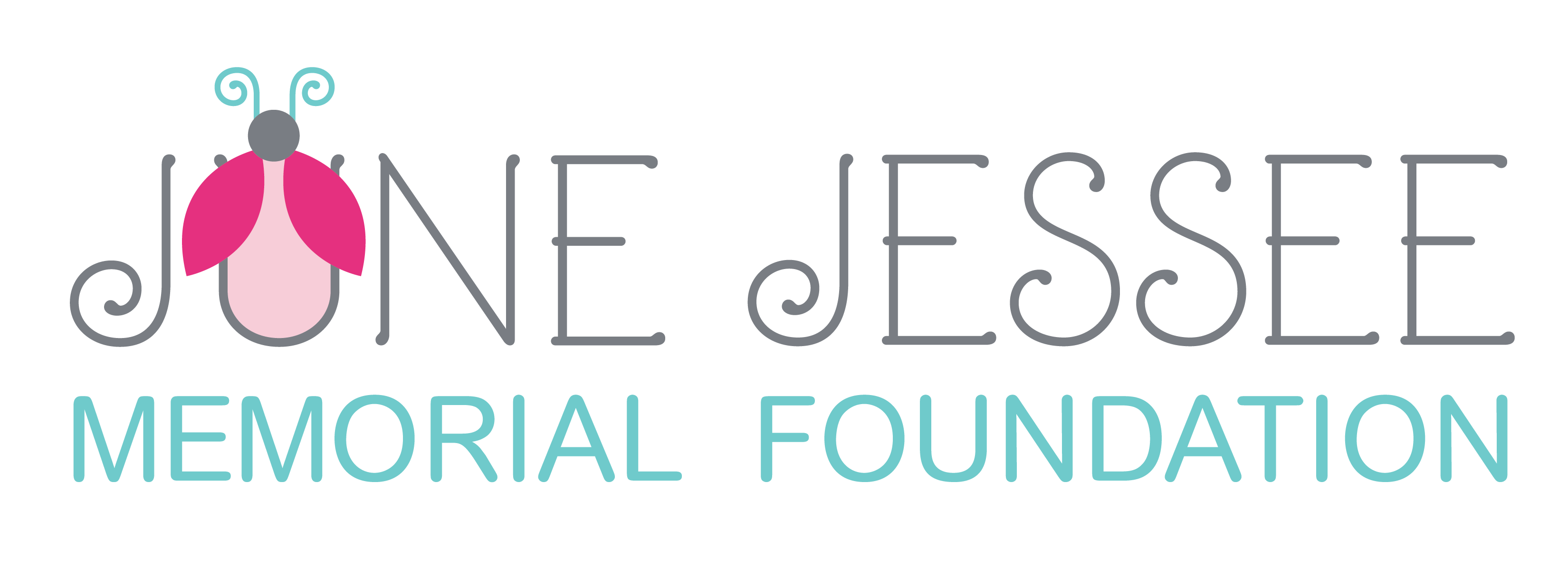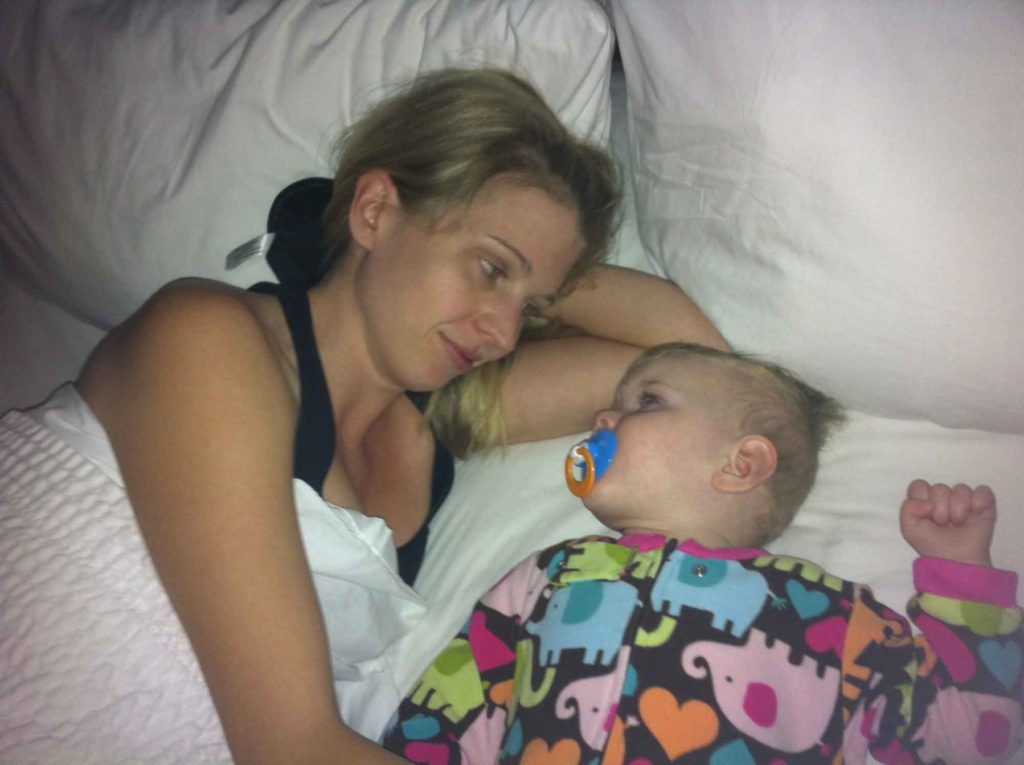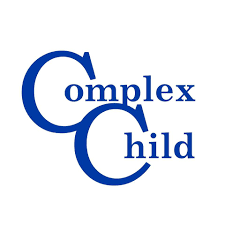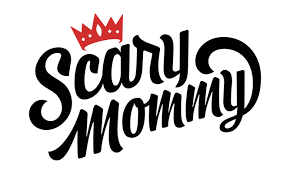The Benefits of Palliative Care
We benefited so much from palliative care with June, but I didn’t learn about it until pretty late in the course of her life. June was almost three. We’d gone to a new hospital to have a feeding tube placed. There, having a palliative care doctor attend was presented to me as a hospital policy: all children with complex needs are followed by the palliative care physician while they are in-patients. I didn’t really know what it meant until we got home. I realized then that palliative care would be valuable to our family, even if I didn’t like what it meant for June. The palliative care doctor became a helpful resource for all of us. June and our whole family would have benefited if we had gotten her into palliative care sooner.
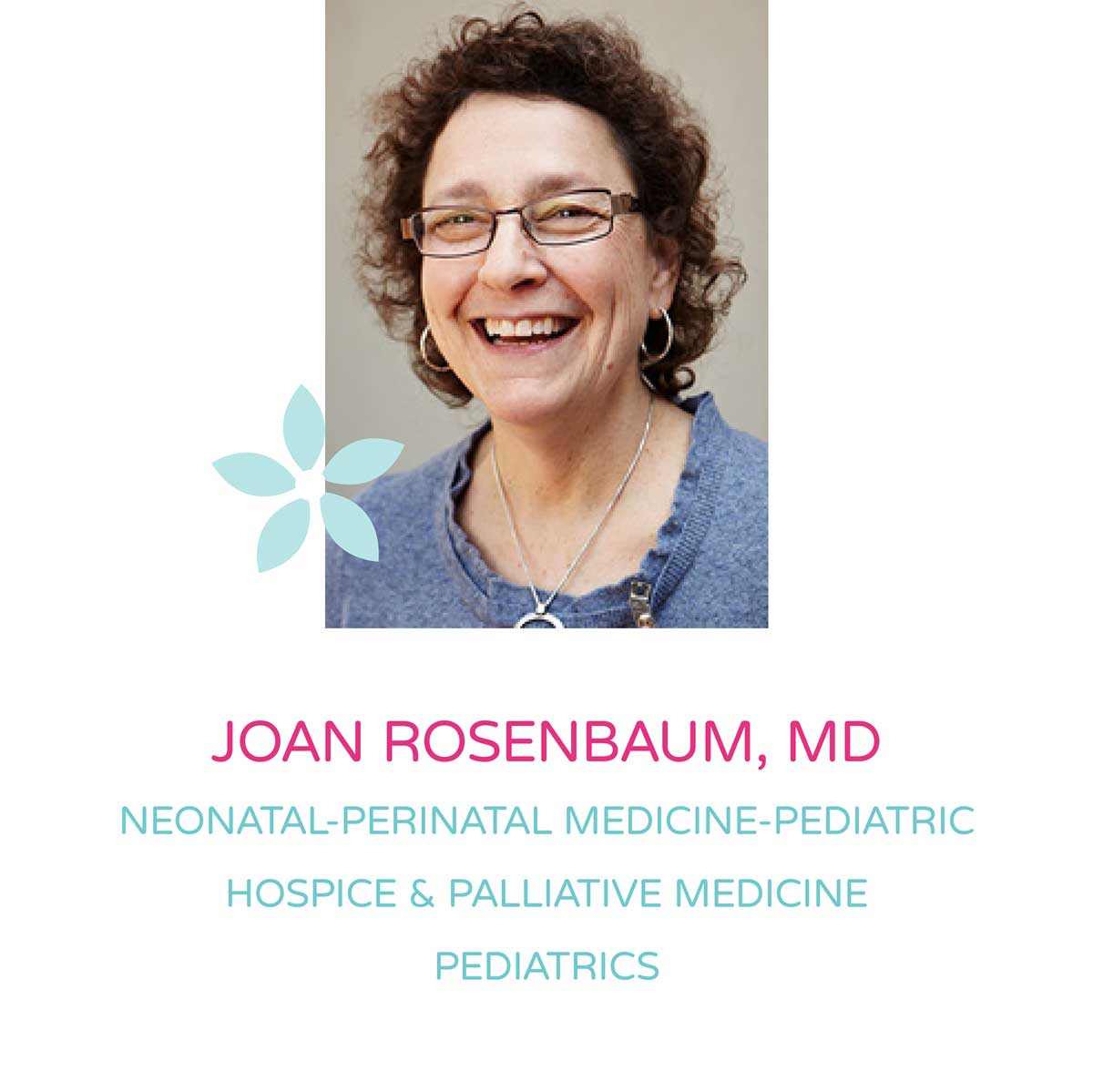
Today, when I meet families who could utilize palliative care, I tell them about it. But when they look it up to learn more, they are often instantly turned off by what they read. I reached out to Dr. Joan Rosenbaum of St. Louis Children’s Hospital for help explaining how much palliative care can help children and families.
Genny Jessee: So many people have a negative reaction to the notion of palliative care. Can you define pediatric palliative care and your role as a pediatric palliative care doctor to hopefully shed some more light on it?
Dr. Rosenbaum: Pediatric palliative care is a holistic way of providing medical care to children and families when children are facing complex and potentially life-limiting disease. The major goal is to help children live as well as they can, for as long as they can. And while the palliative care team focuses on comfort and hope, its job is also to understand a family’s values and what’s important to them because every family is so different. Families make different choices based on their values. That means as health care professionals, we need to be prepared to support whatever path families choose.
I had the privilege of starting the palliative care program in 2011 at St. Louis Children’s Hospital, and people – both families and healthcare professionals – didn’t understand what palliative care was all about. A lot of children we met were very close to death. Their parents were in crisis. They were grieving. It was a terrible time to meet families and support them for the first time. When we started, healthcare professionals would say, “Well my patient is not dying right now. Why would they need this?” It was challenging to explain that palliative care teams are not replacing the good things that neurologists, oncologists or pulmonologist do. We provide extra value, if you will. We provide something different that comes from having another set of eyes.
As the program and the culture evolved over the years, my colleagues came to see that we could be much more helpful to families if we met them early on in the course of the disease. It’s taken eight years, but we’re in a pretty good place in terms of the staff around the hospital understanding what our role is in supporting families, often through long hospitalizations, choices about comfort, difficult choices, even decisions about life and death.
Genny Jessee: I think for parents, it sounds like choosing palliative care is giving up on a cure, so they don’t want to hear about it.
Dr. R: When it comes to families, the biggest challenge for me has been explaining that pediatric palliative care is not about dying. It’s about living well. Yes, some of the children we take care of die from their disease. But that may be in a week, a month, 10 years or even 20 years.
Genny Jessee: How have you and the PACT team helped clear up misconceptions among other physicians at St. Louis Children’s Hospital?
Dr. R: From the get-go, we had early adopters of palliative care, probably in every subspecialty in the hospital. They started consulting with us, and others would see the benefits, and that helped it spread. We’ve continued to grow at a 20- to 30-percent rate every year since we’ve had the program, in terms of the number of families that we meet and care for. And that’s a pretty cool thing.
Also, at a tertiary hospital like St. Louis Children’s Hospital, the number of medically complex children continues to increase. So, in addition to the fact that people understand that palliative care is a helpful and good thing for their families, there are more children who would benefit from palliative care. That’s actually been documented in the literature. The number of children with complex, life-limiting conditions has increased both in the United States and across the globe in the past 10 years.
Genny Jessee: I’ve also seen some of that literature. Can you explain why the numbers of kids with complex, life-limiting conditions has increased?
Dr. R: One reason is medical advancements. Take a condition like spinal muscular atrophy, an inherited disease that is very much like Lou Gehrig’s disease—progressive loss of muscle movement with normal cognitive development. Thirty years ago, when I was starting my career, there was no treatment for the disease and the babies would die. In the last few years, several medications have come out. One has been FDA-approved and another is a gene therapy that is helping children with this disease move their arms and legs and breathe. So, they’ve turned a lethal disease into a chronic disease. Or, just yesterday, I spoke at a cardiology conference about children who have the left side of their heart underdeveloped. This is a disease that 30 years ago there really wasn’t a very good treatment for. Many parents would choose to take the children home, and the children would pass away from their heart disease. Now, there are surgical interventions which occur over the period of the first several years of the child’s life. Children survive well into adulthood. The heart transplant and lung transplant—also advances in medicine have led to some great things.
Another reason is the move towards greater support for parental autonomy. This means parents have more choice about what sorts of medical interventions they want for their children. Thirty years ago, if a very small, premature baby had awful lung disease and couldn’t separate or breathe without a ventilator, that child would die. Now, most of those children have a tracheostomy placed for comfort and long-term management. The kinds of ventilators are different, and we’re able to send those babies home from the hospital on a breathing machine with the hope that, as their lungs grow over time, they’ll separate from the breathing machine. It’s very uncommon for a child to die without trying chronic ventilation.
All of these diseases are so complicated. We may meet a family who knows before the baby’s born that there’s a bad congenital heart defect and the baby may spend a year in the hospital. We’ve really found that having a team like ours to support that family is really helpful.
Those kids go home from the hospital, but they often come back. So, the whole idea about why I got involved with PACT wasn’t all about children dying, although a portion of it was, but it was really to extend an umbrella of care for kids who were fighting diseases that were at home and then in the hospital and then going home again. To help smooth some of those transitions between home and hospital.
Genny Jessee: How does your job compare to that of other physicians?
Dr. R: My background is in neonatology. When I’m attending in the neonatal unit, my job is to save that baby’s life, if I can. In palliative care, my job is to say, “Given what’s important to you, this choice makes sense or this choice may not be consistent with your goals or values.” So, it’s a very different sort of position. It’s really about being able to help parents tease out the choices facing them, the implications of their choices for the child, themselves and siblings. The goal of my team is to not to walk into the room with an agenda, but if we’re doing our work well, to see the world through the eyes of the child or the eyes of the parents in terms of what’s important to them.
Genny Jessee: That’s interesting to hear about the different roles. In my experience as a parent, your priorities shift as the disease progresses, and you really do need good information from doctors to make these choices. It’s hard! For example, when June had her feeding tube placed, I didn’t learn until much later that loss of appetite is a sign of a body shutting down, and without that information, putting in the tube didn’t exactly feel like a choice, but rather just the next step.
Or maybe I didn’t hear that information. It’s so hard for a parent to listen to bad news. Your efforts to give the information, in an honest and straightforward way, really is helpful.
Dr. R: Feeding is one of the most difficult things, even for healthcare providers. We know that, particularly at the end of life—whether you’re a child or an adult or you have cancer or another disease—the way the body shuts down is to require less food and liquid than a healthy body. I expect that as June’s disease progressed, she required less nourishment.
Some people have very strong ethical and moral opinions about feeding. Some parents will say that extending the life of their child is the primary goal. Other parents will put comfort at the top of the list. That may mean choosing not to do things because they feel those decisions aren’t in the best interest of the child and will spare pain and suffering. Some parents will make a very difficult—and what I consider a very generous and selfless decision—to allow their child to die perhaps sooner, rather than extending the life more days and putting the child through that. But, as you know, that’s a really heart-wrenching, awful decision.
Genny Jessee: Yes, it is. What made you want to be a pediatric palliative care physician? It sounds so emotionally difficult, and also complicated, given these choices and different people’s values around end-of-life care, given the incredible amount of technology available today.
Dr. R: That’s a great question. I was in the NICU for 25 years. Having a sick child is about the hardest thing that anybody goes through. And losing a baby is unimaginable. In the course of my life as a neonatologist, I was able to work with families and see how to better support them. It became clear to me also that the number of children that survive with complex medical problems was even greater than the number of children who died from them. How could we save the life of a child and then say to the family, “Okay, you’re going home now. Go have a nice life,” without providing some support and understanding of what it means to take care of a child with complex disease? If parents aren’t able to take care of themselves, how can they take care of their child and the rest of the kids in the family? These diseases cause pain to families. They’re not just about the child.
It’s been a humbling, and amazing experience. I have witnessed love in a way that just touches my heart. If our team can do anything to make the path a little bit smoother for our families who are going through this, that’s a gift. That’s the way I look at it. It feels like a calling. It’s not always fun, but you do the best you can. Not everything can be fixed. It’s really connecting at a very basic human level and letting parents know that their child matters and that their child’s life matters. That’s what it’s about for me.
